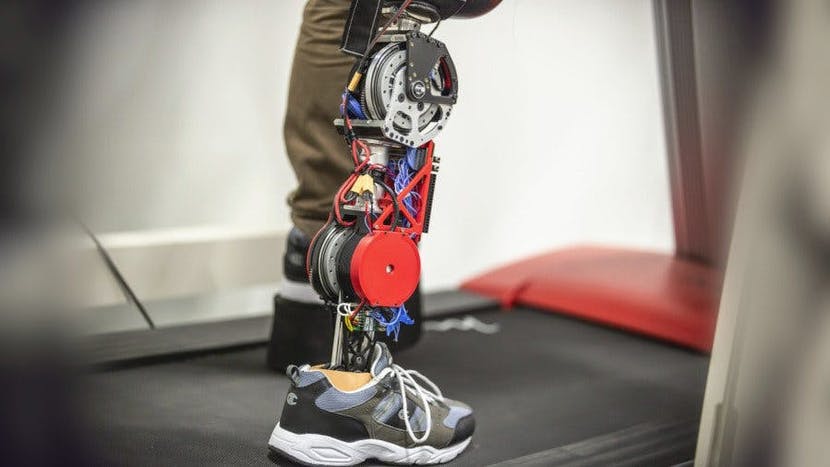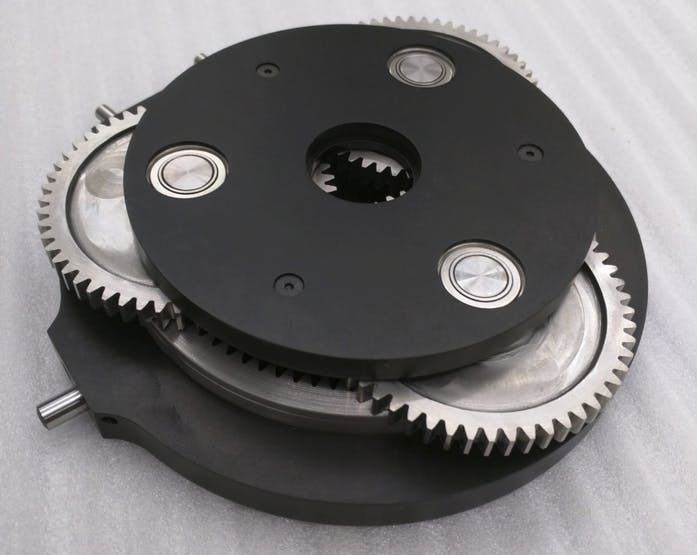
Mechanical engineers at the University of Michigan have repurposed small motors originally designed for the International Space Station (ISS) into a high-tech prosthetic leg that mimics natural biomechanics. The bionic limb offers a more natural gait and is quiter than previous prosthetics.
When using a conventional leg prosthetic, amputees have to raise their hips in order to lift the artificial limb from the ground and swing it forward. Such a movement is unnatural and expends more energy than conventional walking. In time, this puts extra stress on the hips and lower back and can eventually turn into joint damage or, at the very least, is unpleasant for the wearer.
Custom 3D printing techniques, such as those promoted by organizations like Tej Kohli’s charity and Open Bionics, can produce prosthetics that mold to the amputees’ residual limbs in a more natural fashion. But even so, they’re still limited in terms of providing more natural movements.
This is where robotic legs come in, which provide a more comfortable gait. However, their main drawback has always been joint stiffness.
“We designed our joints to be as compliant, or flexible, as possible,” said Toby Elery of the University of Michigan and first author of the study. “Our robotic leg can perform and even react like a human joint would, enabling a naturally free-swinging knee and shock absorption when contacting the ground.”
Elery and colleagues employed small but powerful motors originally designed for a robotic arm on the ISS in a streamlined prosthetic limb design that offers a free-swinging knee and regenerative braking.

Like electric vehicles, the prosthetic limb charges the battery every time the it ‘hits the breaks’ — in this case, energy is captured every time the foot hits the ground. This enables users to almost double their walking time on a single charge per day.
“Our prosthetic leg consumes approximately half the battery power of state-of-art robotic legs, yet can produce more force,” said Robert Gregg, an associate professor of electrical and computer engineering at the University of Michigan.
“If the joints are stiff or rigid, the force is transferred to the residual limb, and that can be painful,” Gregg said. “Instead, we use that force to charge the battery.”
One of the space station motors powers the knee while another powers the ankle. Unlike previous robotic prosthethics, this arrangement uses fewer gears, thereby greatly reducing the noise from the scale of a vacuum cleaner to a refrigerator.
Amputees who have tested the prosthethic claim that they can genuinely feel the artificial leg helping them push off the ground as they walk.
“In some cases, they have observed that they feel like muscles in their hips and back are working less with our leg, compared to their conventional leg,” Gregg said. “We’re able to reduce compensations at the hips.”
In the future, the researchers plan on improving the control algorithms so that the prosthetic can adapt to different terrains, changes in pace, and physical activities.
The findings were reported in the journal IEEE Transactions on Robotics.


